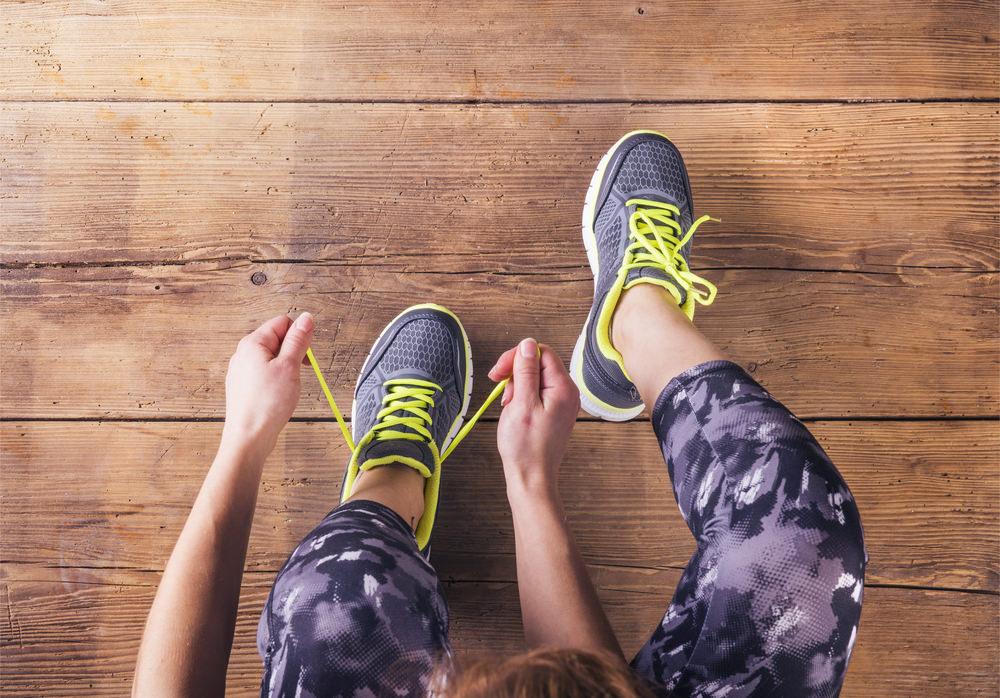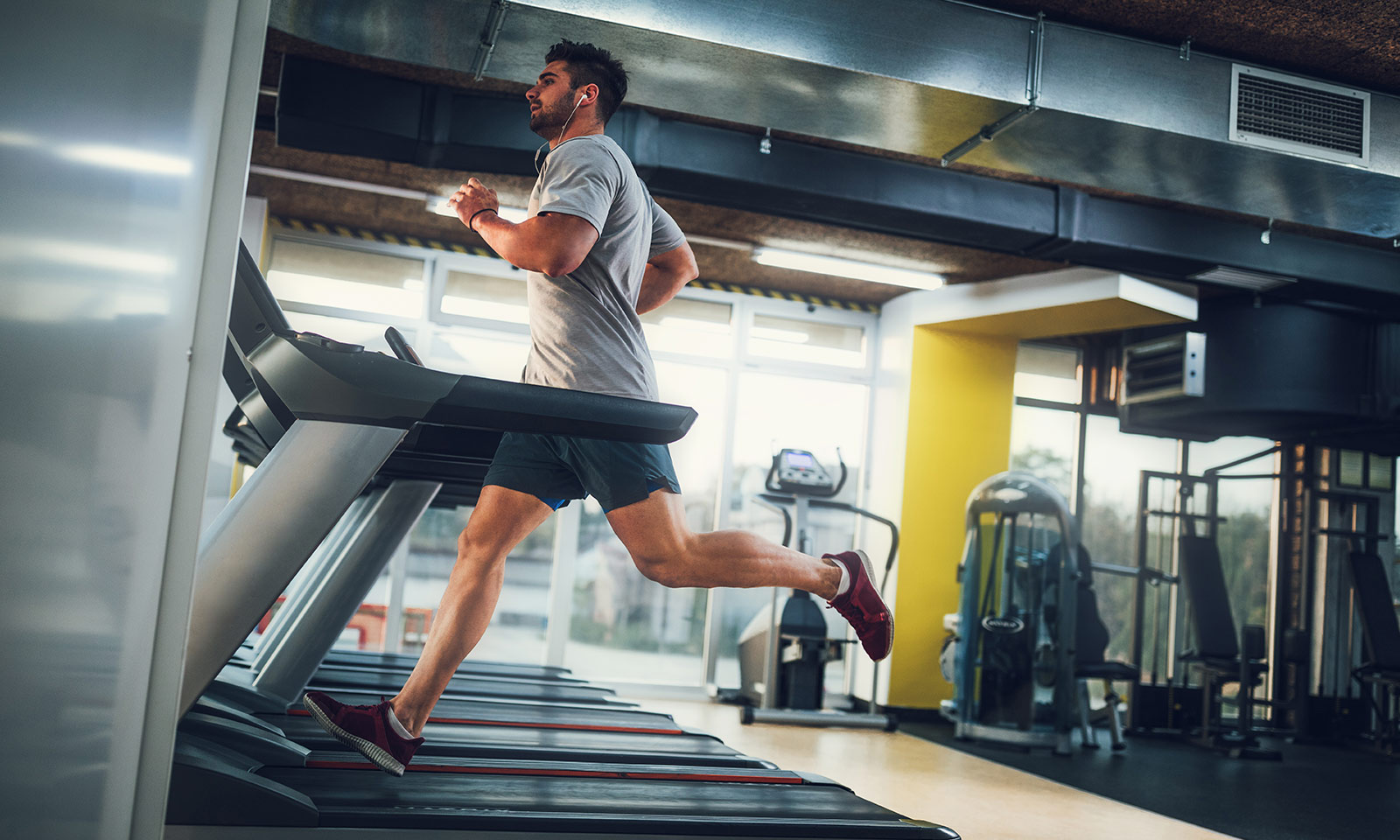We’re gonna be looking at the idea that HIIT or high-intensity interval training is better for fat loss than low-intensity steady-state cardio or LISS.
HIIT – When you do short but very high effort sprints and they don’t actually have to be Sprint’s as in actually running but just a high-intensity about with whatever form of cardio you’re doing and those high-intensity bursts are interspersed with lower intensity steady-state work in between intervals.
LISS – It would be like just walking on the treadmill and had a constant incline just at a steady pace the whole way through without any bursts of max exertion and while for a long time.
LISS

It was held that low-intensity steady state was, in fact, the better option for fat loss mostly because it tends to use more fat as fuel during the cardio session itself which is true. High-intensity exercise tends to utilize more carbohydrate for fuel and fat for fuel but like we discussed. In the fasted cardio video on what really matters isn’t what substrate you’re burning during the cardio session itself but what happens to fat balance over a 24-hour period and so popular opinion has recently shifted away from the sort of steady-state cardio camp and to interval training is better for fat loss under the assumption that well you may not burn as much fat during the cardio session itself, you will burn more fat after the session has ended.
Excess post-exercise oxygen consumption { EPOC }
This is a popular concept it’s known as the calorie afterburn effect are more precisely, the EPOC or post-exercise oxygen consumption effect. So basically if you utilize a high intensity during your cardio session you’ll earn more fat in hours following the training session due to increased oxygen consumption. So when you’re back just laying on the couch after your cardio session is over your body continues to ramp up fat burning while you’re just sitting there basically. Whereas with steady-state cardio you really only get the caloric burn that you get from the session itself and so you totally just miss out on that sort of post-exercise component.
This afterburn effect definitely is real and it definitely is supported by many lines of scientific evidence I think it’s practical relevance is somewhat overblown.
In a research review of a 2006 study on EPOC, showing that when subjects performed high-intensity cardio for 80 minutes. The EPOC effect lasted for seven hours after training. However, it only amounted to about eighty extra calories burned which draw into question which is going to contribute more to fat loss. The 700 or 800 calories burned during the exercise about itself or the 80 calories burned afterward. Of course, eighty minutes is a lot of cardio. According to this research, you probably are looking at something in the ballpark of about 40 extra calories burned because of the EPOC effect.
One 2017 systematic review and meta-analysis looking at 28 studies concluded that overall, it appears that epoch is unlikely to account for any apparent greater fat loss potential with HIIT. So, in my opinion, I think the real bonus to HIIT is that it does tend to be more time efficient than steady-state cardio.
A 2017 review, found that across 13 studies there were no significant differences between HIIT and moderate intensity continuous training for anybody composition measure but HIIT required approximately 40% less training time commitment. So I think on the face of it this really does look like a home run for HIIT you get the same fat loss with nearly half the time investment.
HIIT

Why high-intensity interval training appears to be so much more time efficient?
Impact on reducing appetite I mean the subjects in the HIIT group could have just been consuming fewer calories and the fact that people tend to feel like they’re working harder when doing interval training which may lead them to just push themselves harder in other areas of their exercise routine.
These points would technically count as bonuses or as points for HIIT under more uncontrolled say ad libitum conditions I think that if these extraneous factors were controlled for especially in healthy non-obese subjects you’d see that difference in time efficiency start to go away.
When you actually do out the math doing 30 minutes of interval training as we’ve described the intervals here and 30 minutes of steady-state cardio they should both burn roughly the same number of calories.
Even if you do factor EPOC in here, I think that in reality you’re looking at more similar caloric burns between these two modalities for the same time investment and a lot of people probably realize but for all that I still think that people do tend to push themselves harder with HIIT in the real world and it does tend to be a little bit more time efficient and just not probably as exaggeratedly so as a lot of people seem to believe.
BENEFITS
- It’s more Time-Efficient ( Although probably not by as much as you think)
- It may Blunt Appetite a bit better
- It may actually get you Working a bit harder
- It tends to be Less boring, which improves adherence
DRAWBACKS
- It tends to be Harder to recover from:
– Meaning you can’t do them nearly as often as LISS (If required)
– And they may hurt your weight training strength and performance. - May put you at an increased Risk of injury.
- It may be redundant if you’re already regularly weight training.
IN THIS POST:
Scientific Reference:
https://www.ncbi.nlm.nih.gov/pubmed/17101527
https://www.ncbi.nlm.nih.gov/pubmed/28513103
https://www.ncbi.nlm.nih.gov/pubmed/28401638
Helpful Resources and Attribution Credits:
https://alanaragon.com/aarr/
https://bodyrecomposition.com/fat-loss/steady-state-versus-intervals-and-epoc-practical-application.html/
https://bodyrecomposition.com/research-review/research-review-effects-of-exercise-intensity-and-duration-on-the-excess-post-exercise-oxygen-consumption.html/
https://bodyrecomposition.com/fat-loss/steady-state-versus-intervals-training-and-fat-loss-explaining-the-disconnect-pt-1.html/



